Neuroscience

Neurotransmitter receptors function via various G-protein coupled and G-protein independent mechanisms that activate downstream intracellular signaling pathways such as cAMP/PKA, PI3K/AKT, phospholipase A2, and phospholipase C pathways. For instance, dopamine receptors act through adenylate cyclase to activate PKA and other signaling molecules, thereby mediate gene expression through the actions of CREB and other transcription factors. Other neurotransmitters such as NMDAR or AMPAR are associated with ion channels that control flux of Ca2+ and Na+, thus propagating the action potential across the post-synaptic neuron.
Dysfunctions in GABAergic/glutamatergic/serotonergic/dopaminergic pathways result in a broad range of neurological disorders such as chronic pain, neurodegenerative diseases, and insomnia, as well as mental disorders including schizophrenia, bipolar disorder, depression, and addiction.
-
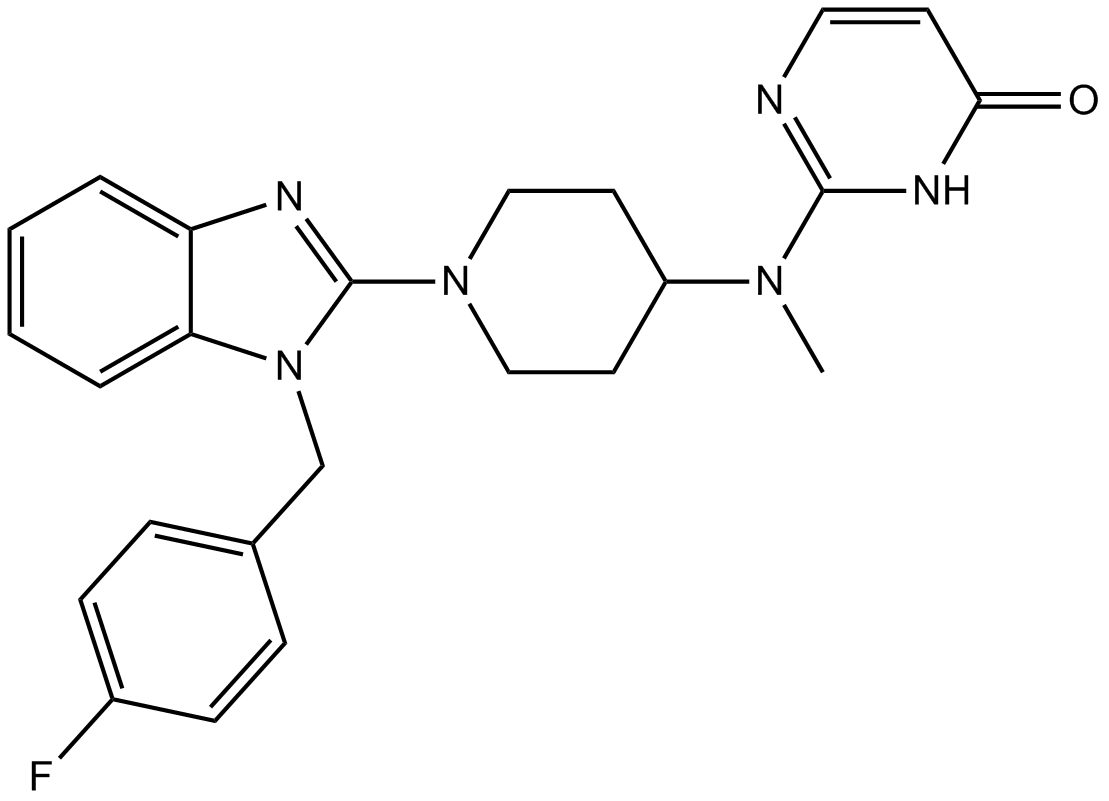 B1551 MizolastineSummary: Histamine H1-receptor antagonist
B1551 MizolastineSummary: Histamine H1-receptor antagonist -
 B1485 Pergolide mesylateTarget: D1 and D5 Receptors|D2 ReceptorsSummary: Dopaminergic agonist
B1485 Pergolide mesylateTarget: D1 and D5 Receptors|D2 ReceptorsSummary: Dopaminergic agonist -
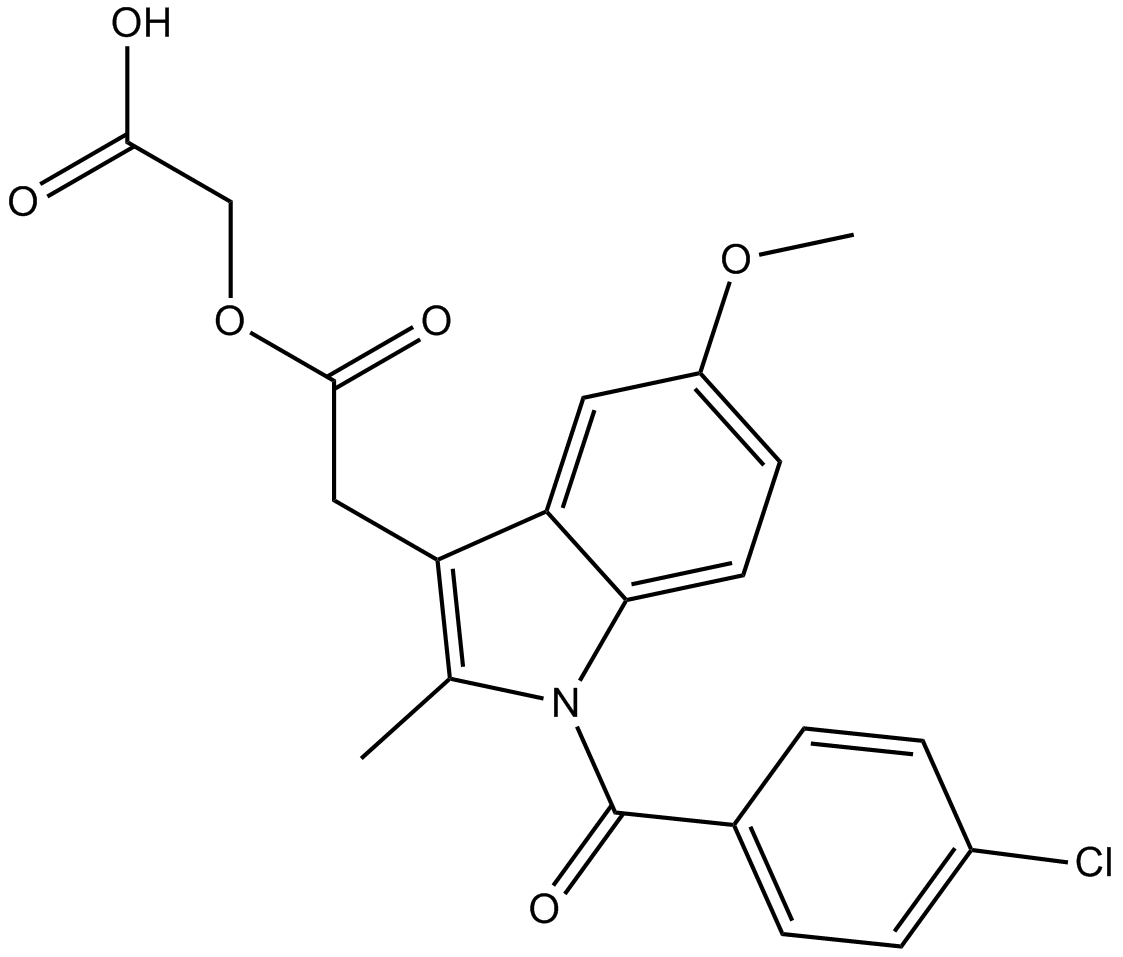 B1440 AcemetacinSummary: COX inhibitor
B1440 AcemetacinSummary: COX inhibitor -
 B6317 4-DAMPSummary: A M3 cholinergic receptor antagonist
B6317 4-DAMPSummary: A M3 cholinergic receptor antagonist -
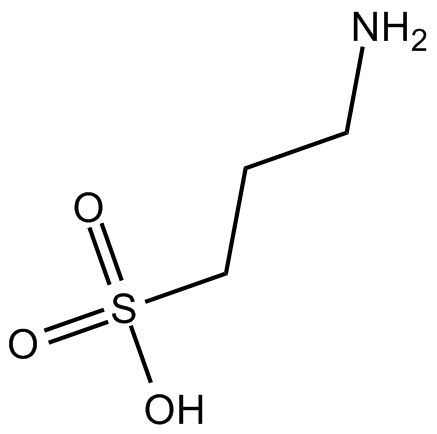 B7446 TramiprosateSummary: maintains Aβ in a non-fibrillar form.
B7446 TramiprosateSummary: maintains Aβ in a non-fibrillar form. -
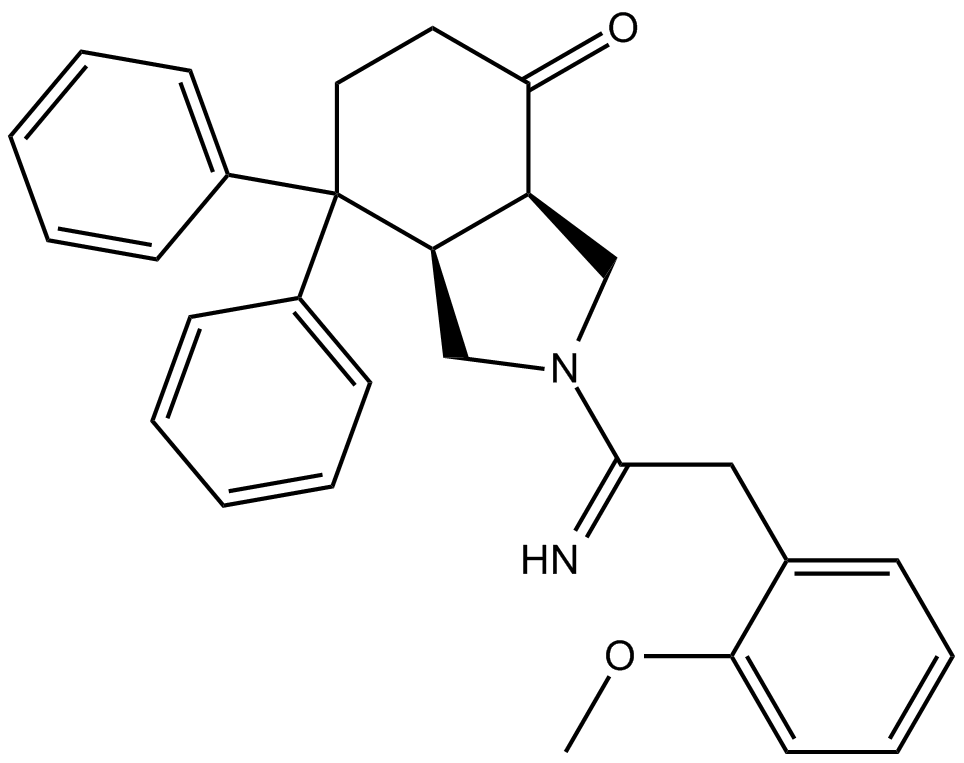 B6810 RP 67580Summary: tachykinin NK1 receptor antagonist
B6810 RP 67580Summary: tachykinin NK1 receptor antagonist -
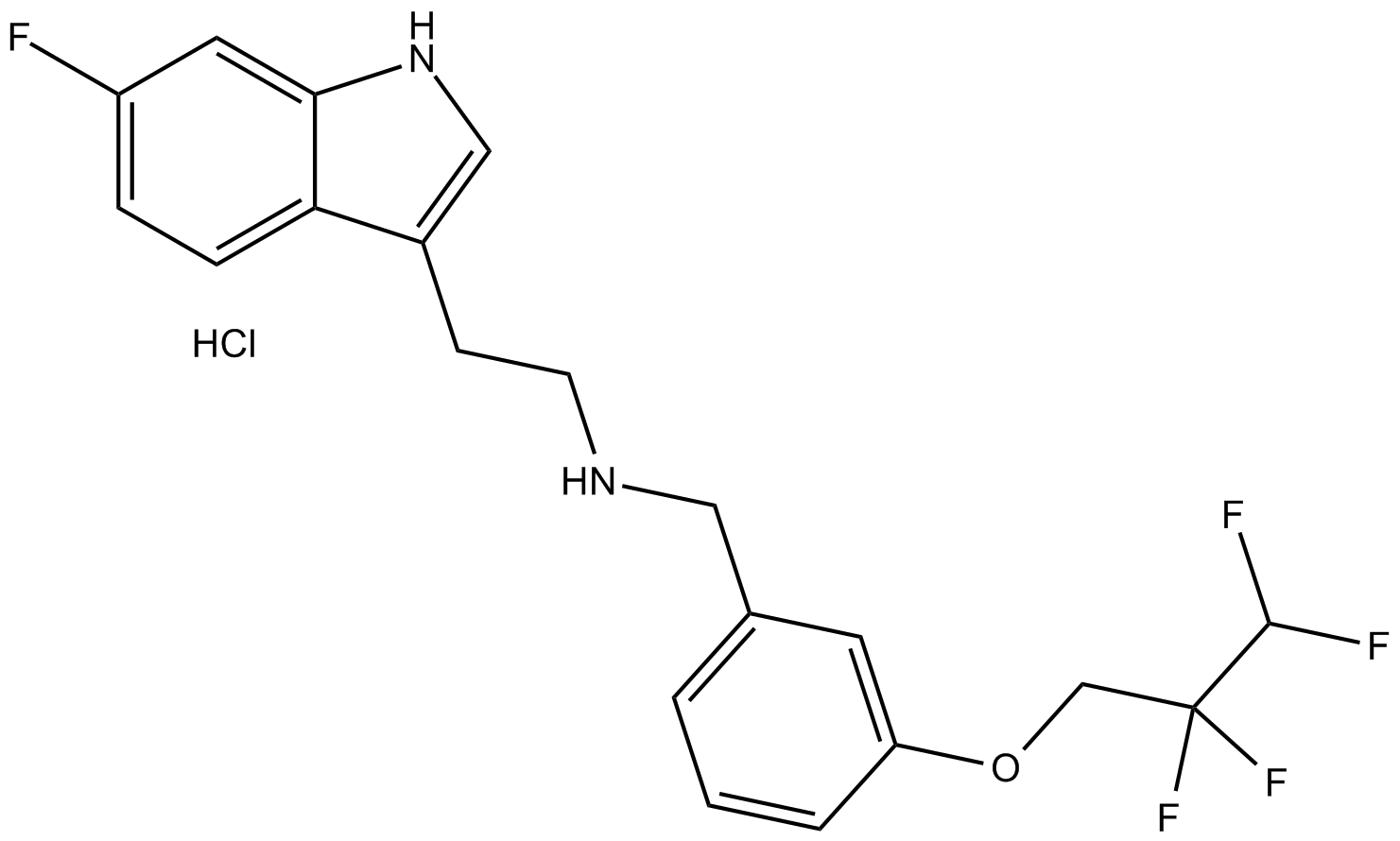 A3561 Lu AE58054 HydrochlorideSummary: 5-HT(6)R antagonist
A3561 Lu AE58054 HydrochlorideSummary: 5-HT(6)R antagonist -
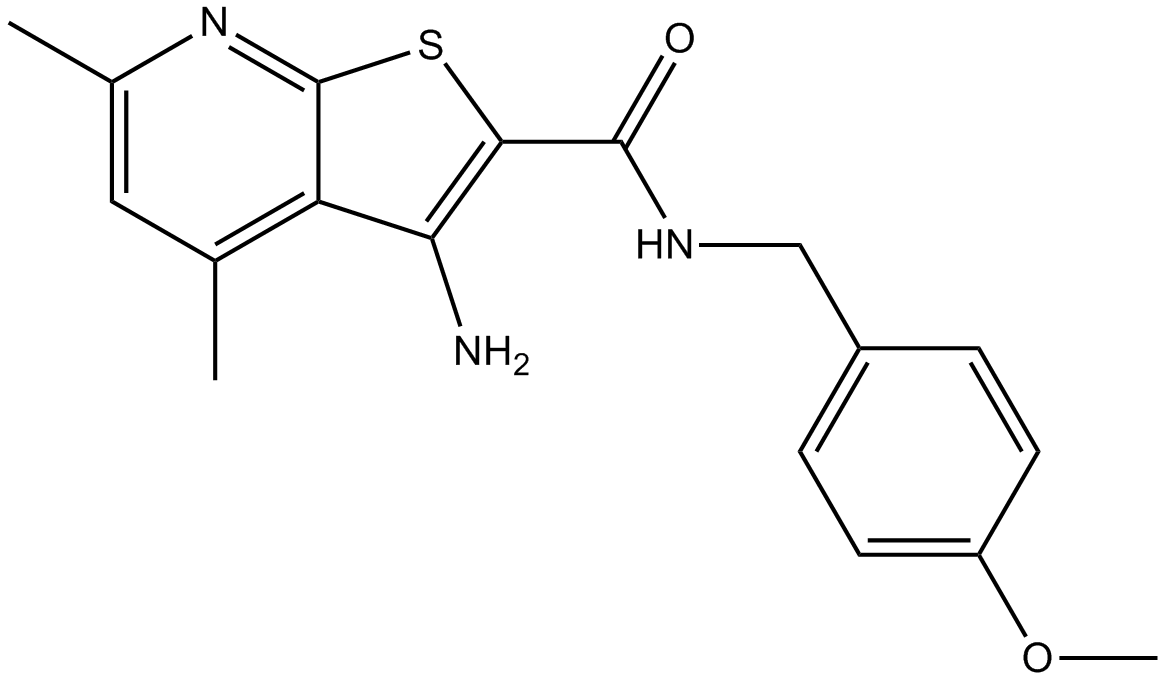 B1032 VU0152100Summary: M4 receptor allosteric modulators
B1032 VU0152100Summary: M4 receptor allosteric modulators -
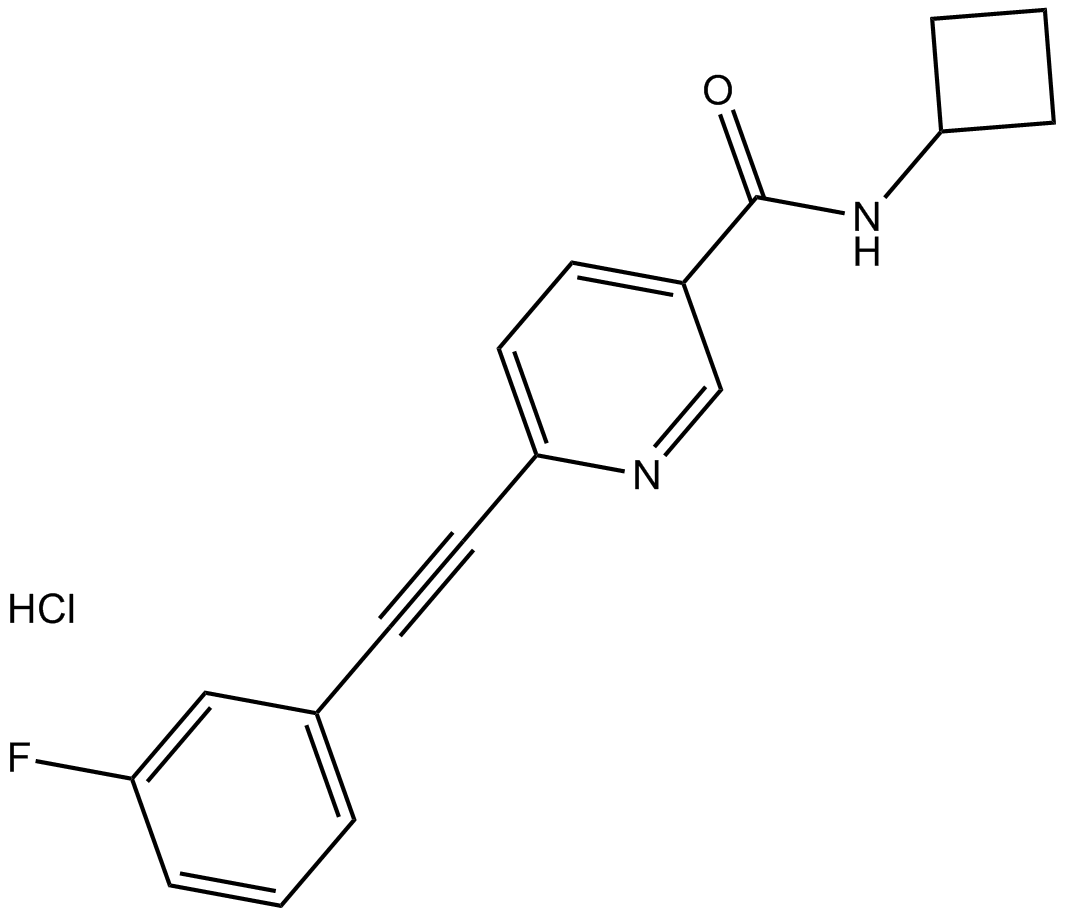 B5555 VU 0360172 hydrochlorideSummary: positive allosteric modulator of mGlu5 receptors
B5555 VU 0360172 hydrochlorideSummary: positive allosteric modulator of mGlu5 receptors -
 B5615 A 844606Summary: α7 nAChR partial agonist
B5615 A 844606Summary: α7 nAChR partial agonist

